Extra high superoxide dismutase in host tissue is associated with
Por um escritor misterioso
Last updated 07 novembro 2024

Global warming threatens reef-building corals with large-scale bleaching events; therefore, it is important to discover potential adaptive capabilities for increasing their temperature resistance before it is too late. This study presents two coral species (Platygyra verweyi and Isopora palifera) surviving on a reef having regular hot water influxes via a nearby nuclear power plant that exhibited completely different bleaching susceptibilities to thermal stress, even though both species shared several so-called “winner” characteristics (e.g., containing Durusdinium trenchii, thick tissue, etc.). During acute heating treatment, algal density did not decline in P. verweyi corals within three days of being directly transferred from 25 to 31 °C; however, the same treatment caused I. palifera to lose < 70% of its algal symbionts within 24 h. The most distinctive feature between the two coral species was an overwhelmingly higher constitutive superoxide dismutase (ca. 10-fold) and catalase (ca. 3-fold) in P. verweyi over I. palifera. Moreover, P. verweyi also contained significantly higher saturated and lower mono-unsaturated fatty acids, especially a long-chain saturated fatty acid (C22:0), than I. palifera, and was consistently associated with the symbiotic bacteria Endozoicomonas, which was not found in I. palifera. However, antibiotic treatment and inoculation tests did not support Endozoicomonas having a direct contribution to thermal resistance. This study highlights that, besides its association with a thermally tolerable algal symbiont, a high level of constitutive antioxidant enzymes in the coral host is crucial for coral survivorship in the more fluctuating and higher temperature environments.
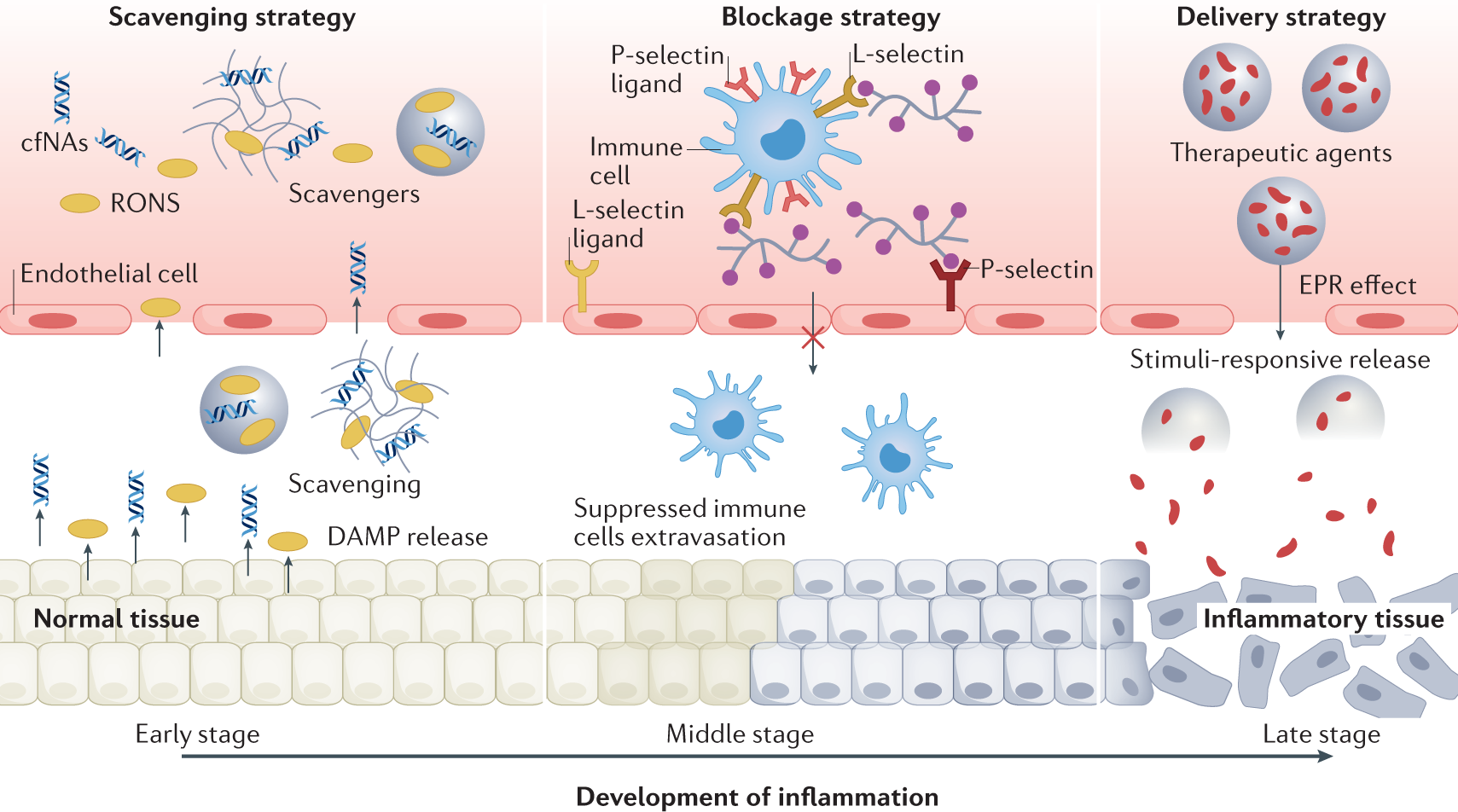
Design of therapeutic biomaterials to control inflammation
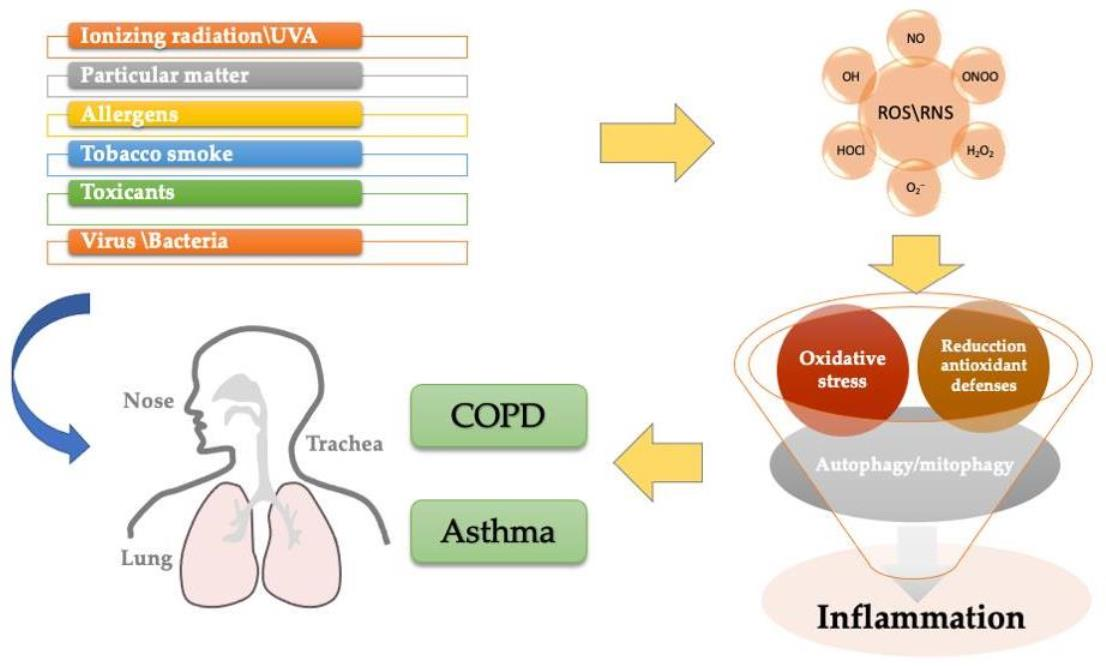
Antioxidants, Free Full-Text
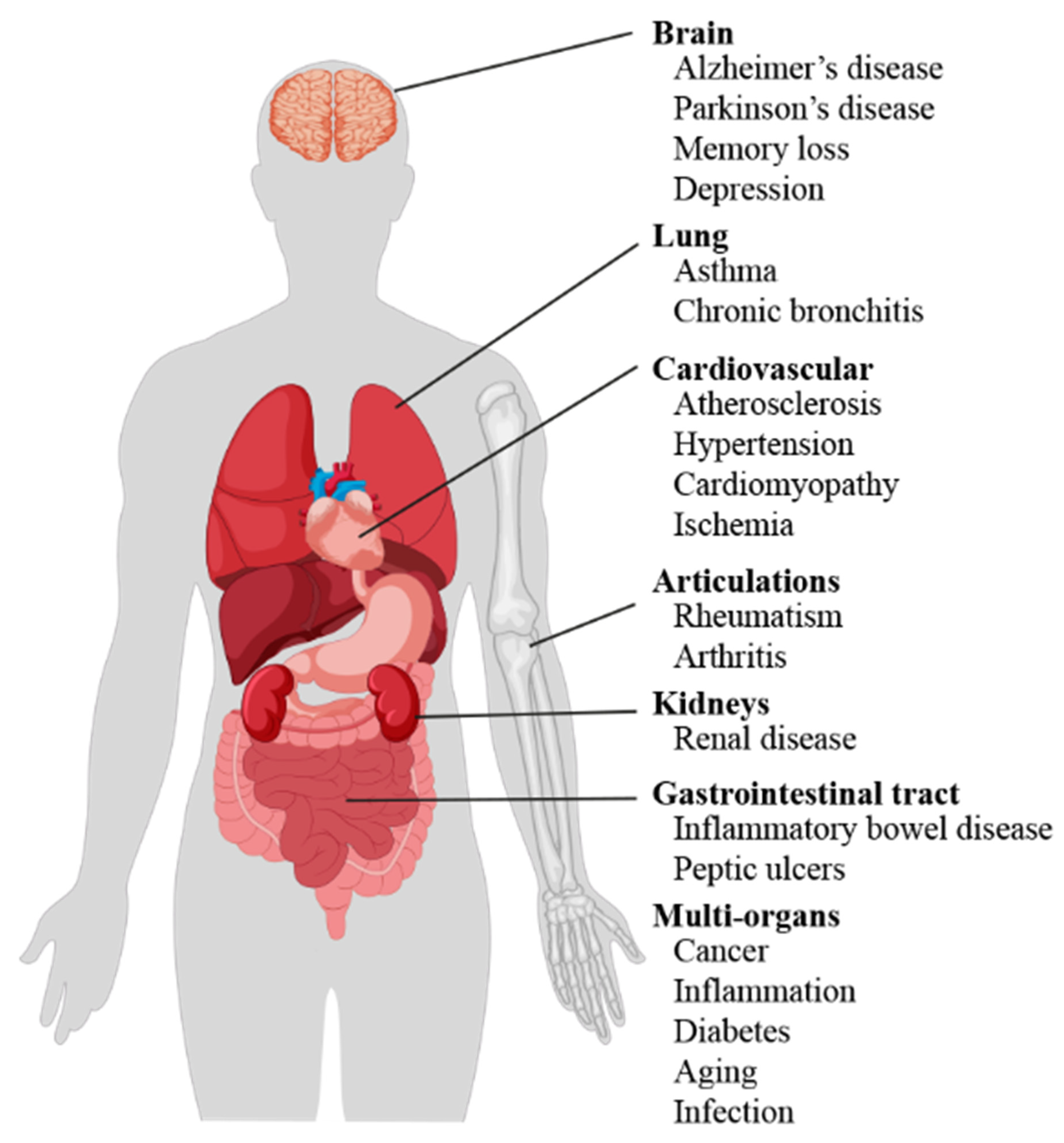
Antioxidants, Free Full-Text
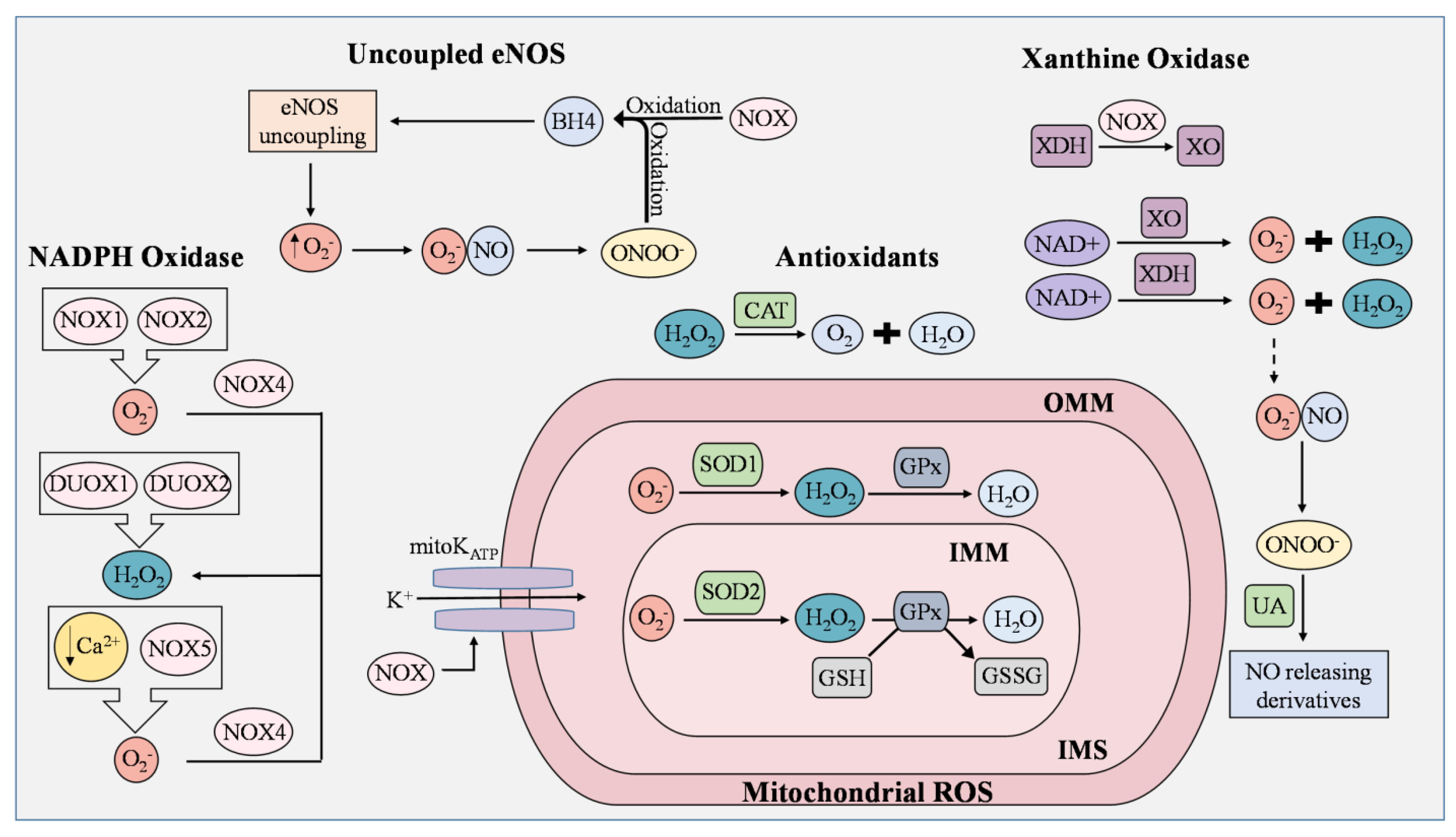
Cells, Free Full-Text

The family of SOD enzymes in microbial pathogens. In a gram-negative
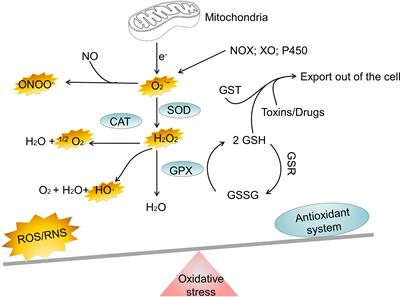
Frontiers Signaling pathways of oxidative stress response: the potential therapeutic targets in gastric cancer

PDF) Measurement of superoxide dismutase, catalase and glutathione peroxidase in cultured cells and tissue

First line defence antioxidants-superoxide dismutase (SOD), catalase (CAT) and glutathione peroxidase (GPX): Their fundamental role in the entire antioxidant defence grid - ScienceDirect

Cysteine and resistance to oxidative stress: implications for virulence and antibiotic resistance: Trends in Microbiology

Effects of Protein Crowders and Charge on the Folding of Superoxide Dismutase 1 Variants: A Computational Study

MDA, GSH, NO levels and SOD, CAT, and TF activities of lung tissue.
Recomendado para você
-
Envie seu currículo para o e-mail: - Control Construções07 novembro 2024
-
 FAST TIME LOG- SINALIZADOR VAGA LOGISTICO - NEW Sistemas e07 novembro 2024
FAST TIME LOG- SINALIZADOR VAGA LOGISTICO - NEW Sistemas e07 novembro 2024 -
 Control Desk, Fortaleza – CE, 01 vaga(s)07 novembro 2024
Control Desk, Fortaleza – CE, 01 vaga(s)07 novembro 2024 -
 The Vagus Nerve, Your Body's Superpower!: Simple 3 minute exercises to activate your body's natural healing power to relieve inflammation, stress07 novembro 2024
The Vagus Nerve, Your Body's Superpower!: Simple 3 minute exercises to activate your body's natural healing power to relieve inflammation, stress07 novembro 2024 -
 Acupuncture and The Vagus Nerve — Morningside Acupuncture NYC07 novembro 2024
Acupuncture and The Vagus Nerve — Morningside Acupuncture NYC07 novembro 2024 -
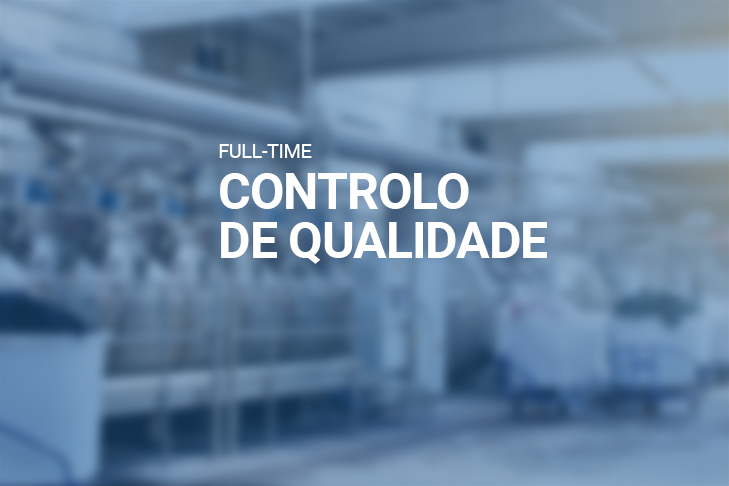 Junta-te a nós! - BOLSA DE EMPREGO - SJ Têxteis07 novembro 2024
Junta-te a nós! - BOLSA DE EMPREGO - SJ Têxteis07 novembro 2024 -
 Original photoMike Tyson and Don King Las Vagas07 novembro 2024
Original photoMike Tyson and Don King Las Vagas07 novembro 2024 -
 Google profits from AI content spam generated by ChatGPT and LLMs07 novembro 2024
Google profits from AI content spam generated by ChatGPT and LLMs07 novembro 2024 -
 2 dead as Las Vegas strip, casinos flood for second time in weeks07 novembro 2024
2 dead as Las Vegas strip, casinos flood for second time in weeks07 novembro 2024 -
 6 Ways To Reduce Stress and Stop Worrying07 novembro 2024
6 Ways To Reduce Stress and Stop Worrying07 novembro 2024
você pode gostar
-
 Shazam Fury of the Gods Tracking for Low-Key $35M Box Office Opening – The Hollywood Reporter07 novembro 2024
Shazam Fury of the Gods Tracking for Low-Key $35M Box Office Opening – The Hollywood Reporter07 novembro 2024 -
 Top 5 games to play on Roblox: Adopt Me, Survive the Killer, and more07 novembro 2024
Top 5 games to play on Roblox: Adopt Me, Survive the Killer, and more07 novembro 2024 -
 High School of The Dead! by CupcakeVanny on DeviantArt07 novembro 2024
High School of The Dead! by CupcakeVanny on DeviantArt07 novembro 2024 -
 Tropical Storm Philippe heads for Bermuda as hurricane center tracks new system – Orlando Sentinel07 novembro 2024
Tropical Storm Philippe heads for Bermuda as hurricane center tracks new system – Orlando Sentinel07 novembro 2024 -
 New Denny's robotic server at northeast Fresno location07 novembro 2024
New Denny's robotic server at northeast Fresno location07 novembro 2024 -
 Horsea, Wiki07 novembro 2024
Horsea, Wiki07 novembro 2024 -
 Review: Fire Force - Season 2 Part 2 (DVD/Blu-Ray Combo) - Anime Inferno07 novembro 2024
Review: Fire Force - Season 2 Part 2 (DVD/Blu-Ray Combo) - Anime Inferno07 novembro 2024 -
Chessboxing Nation (@ChessboxingCBN) / X07 novembro 2024
-
 Mr. Jones by Counting Crows - Songfacts07 novembro 2024
Mr. Jones by Counting Crows - Songfacts07 novembro 2024 -
/i.s3.glbimg.com/v1/AUTH_afe5c125c3bb42f0b5ae633b58923923/internal_photos/bs/2023/V/x/nL3IdCSDuX6ihqcl9TNw/445-capamedia.jpg) Mercado de crédito de carbono é o destaque da Globo Rural de março07 novembro 2024
Mercado de crédito de carbono é o destaque da Globo Rural de março07 novembro 2024

